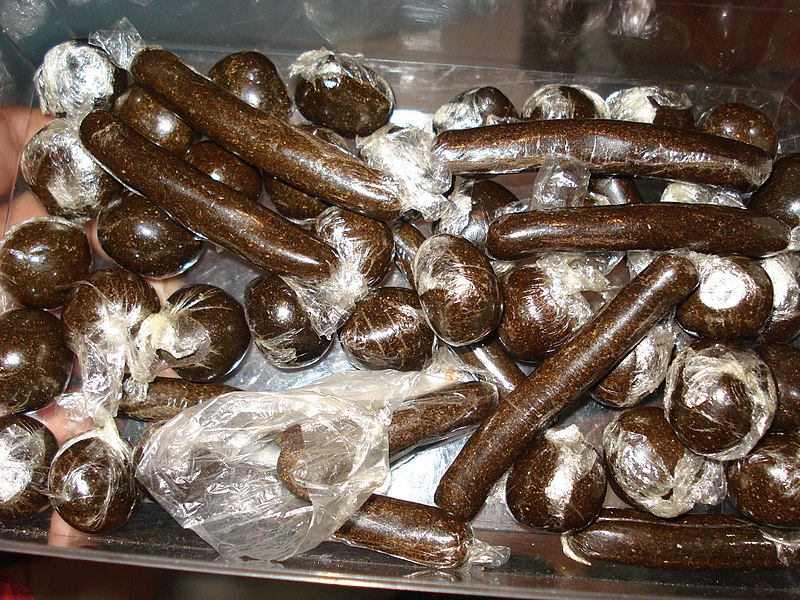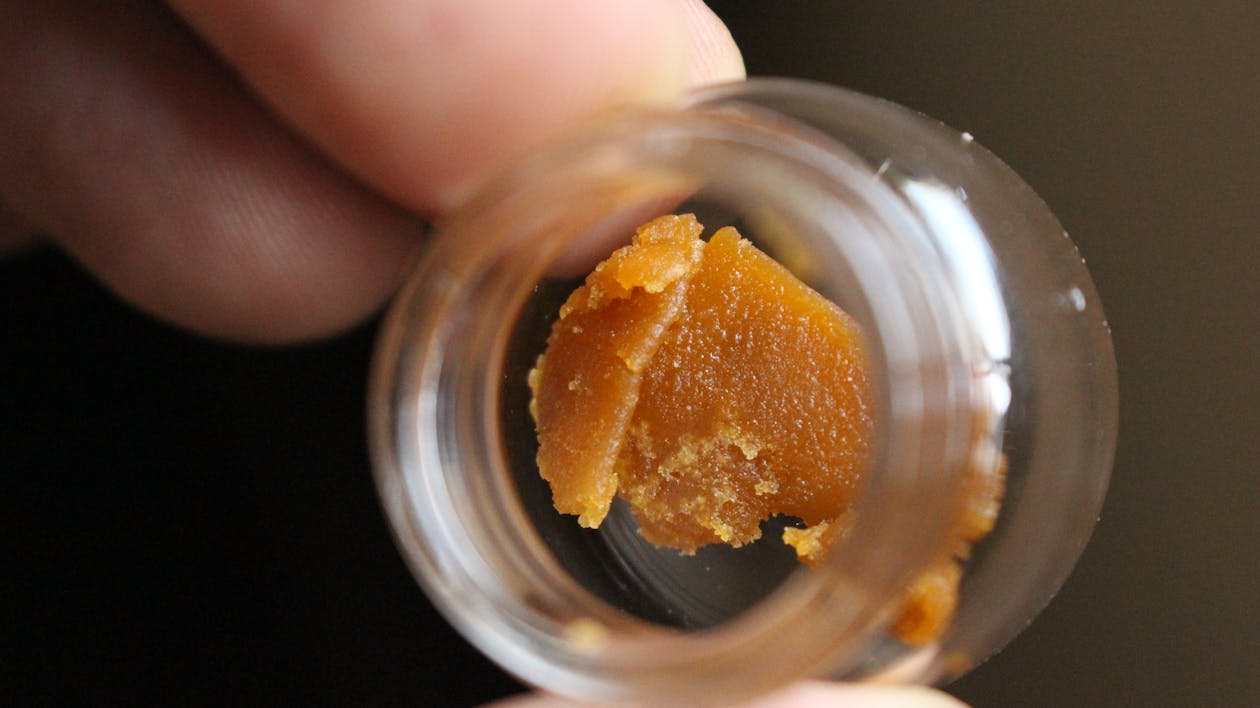Each month, our reporter Alexis presents to you an iconic figure relating to cannabis. For March, Bill Murray, a legend from the American cinema.
The quintessence of the quirky persona, always in the spotlight, Bill Murray has developed, in forty years of career, a genuine profile of the nervous yet peaceful person.He has elevated the notion of “coolness” to the level of art.
Portrait of an actor who, after his arrest for weed trafficking and after the false announcement about his death, remained faithful to his motto: “It just doesn’t matter”.
Ganja Buster
It’s at the Chicago O’Hare airport that the mischievous Bill Murray will encounter his first audience, carrying two big metal suitcases loaded with 5 kilos of weed.The young man is yet to go to Denver to start his medical studies.
Times being hard and weed being trendy, Bill thinks it is a good idea to combine entertainment and the resale of weed on his university campus. Hence, he presents himself at the boarding gate on the 21st of September 1970 with 10 pounds of Mexican sinsemilla. Precisely the day of his 20th birthday: could it have been any different? Is it due to his nervousness, the reminiscence of the consumption the night before or a detached sense of irony?
Whatever it was, in the waiting line, when a passenger – looking for a person to talk to – asks him what he can possibly be carrying in these heavy suitcases, Murray told him: “two bombs”. This buffoonery, definitely very Bill Murray, will not make the passenger laugh. On the contrary, he will inform the airport authorities. The buffoon, seeing that his joke has been misunderstood, decides to leave the waiting line as soon as possible to rush to the nearest storage holder where he will frantically try, without success, to store his two suitcases in a storage unit unfortunately too small for them. He is arrested, his suitcases are opened, and the aspiring intern finds himself behind locked up. “But I still had the time to swallow one if his clients’ checks” (the benefit of munchies?)“This guy owes me his career and reputation”, will he say at a later stage, amusingly. As he had no judiciary history, he will miraculously only get 5 years of probation. His medical studies? He can forget about those.
Bill Murray decides to turn to a longtime friend who offers a flat share in New York: John Bellucci
From Hunter S Thompson to Wes Anderson
His encounter with the talented and stunning John Bellucci will facilitate, luckily enough, his entry on the small screen, His first appearance as a comedian will be on the “Saturday Night Live” (NBC), a renowned show across the Atlantic.
The success is instant. The audience cannot get enough of this clown’s appearances, disillusioned and dreamy, always on the verge of a loss of control. His career is launched.
His first success at the cinema is Caddyshack, in 1980, in which he plays the role of an employee at a golf club, very much initiated to the subtlety of the magic herb. Besides, he delivers an outstanding connoisseur analysis: “It is a hybrid between the Kentucky bluegrass and the sinsemilla from Northern California. What is surprising is that you can play 36 holes of golf while smoking all afternoon. Then, going back home on the evening, you can get a lot higher, kind of like adapting it.” Thanks for the advice, Bill.
Faithful to his convictions just like he is to his mentors, and actually not very specialised in character roles Murray will play the role of Hunter S. Thompson in 1981 (long before Johnny Depp), and as crazy as it can get, in “Where the Buffalo Roam”. In the fantastic “Broken Flowers” by Jim Jarmush in 2005, in a scene where he shares a big joint with his neighbour, we hear him say between two tokes: “This… this yeah, is just really good Satvia.”. This honest terseness, his trademark.
In Wes Anderson’s “The Life Aquatic” in 2005, he plays the role of officer Cousteau’s ersatz, without hiding his excessive love for weed. (Love which has been immortalised in the famous scene where he shares a joint with Owen Wilson, his son, with David Bowie’s “Life on Mars” playing in the background.). So many different roles where he played a nice, easy-going ganja smoker, which will eventually give him the coveted award of … Stoner of the year 2005” during the Stony Awards, organised by the highly respected High Times Magazine. (The former awardee was Snoop Dogg, the next one will be Seth Rogen… Setting the bar high).
After that, there was Zombieland in 2009 where he will play his own role, with a slight bit of fiction (he finds himself recluse in his house in Beverly Hills, following a zombie attack). During a quarter of an hour, he shares a bong-chicha with skunk with Woody Harrelson and Emma Stone. They then try to act a scene in Ghostbusters.
“Lessons learned from a famous man”.
The pitch; since a few years, many urban myths have been going on around Bill Murray. The actor-performer would have, for example, turned up at a party of about fifty students in Austin although he absolutely did not know them. He would have been there, first of all, to party, and then to lpay with a local band before playing the “roadie” by carrying amplifiers and drum-kits. After that, later in the night, he would have convinced the police which came because of night din, to let them be. It was successful. The three policemen on duty would have even danced for a bit… Murray’s twin effect.
In the same city, he would have been spotted in a pub where he had never been, and he would have been a bartender there in order to help the actual bartender. The (real) bartender would have told him that he needed to take care of his dog that was ill and therefore had to close the bar for a moment. Bill would have happily taken over behind the bar.
We would have also seen him enter a cabin that was already booked for a karaoke in Charlottesville (yes, a little bit like Lost in Translation) for the greater enjoyment of the four singers that were there.
In the State of New York, we would have also seen him turn up in the house of a couple that he hardly knew, yet he knew it was their wedding anniversary. He would have turned up in order to help them prepare the dinner, share it with them, and then do the dishes.
Of course, all of this is true.
Conclusion of a life around cannabis.
With regards to cannabis (and of its legalisation, for which he actively advocates),the actor says that he “still finds it ironic how the most dangerous aspect of weed is to be arrested in one’s possession of it”.

More precisely, “The fact that certain States enact laws in the favour of weed proves that the alleged danger of cannabis has been over-assessed. Psychologists recommend smoking instead of drinking if one needs to relax.”“I personally stay on the safe side. I do both. I don’t joke about these things: it’s a matter of rigour”. Amen.
Alexis















































